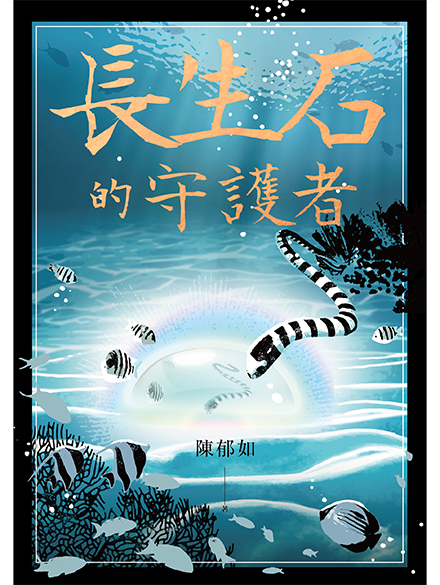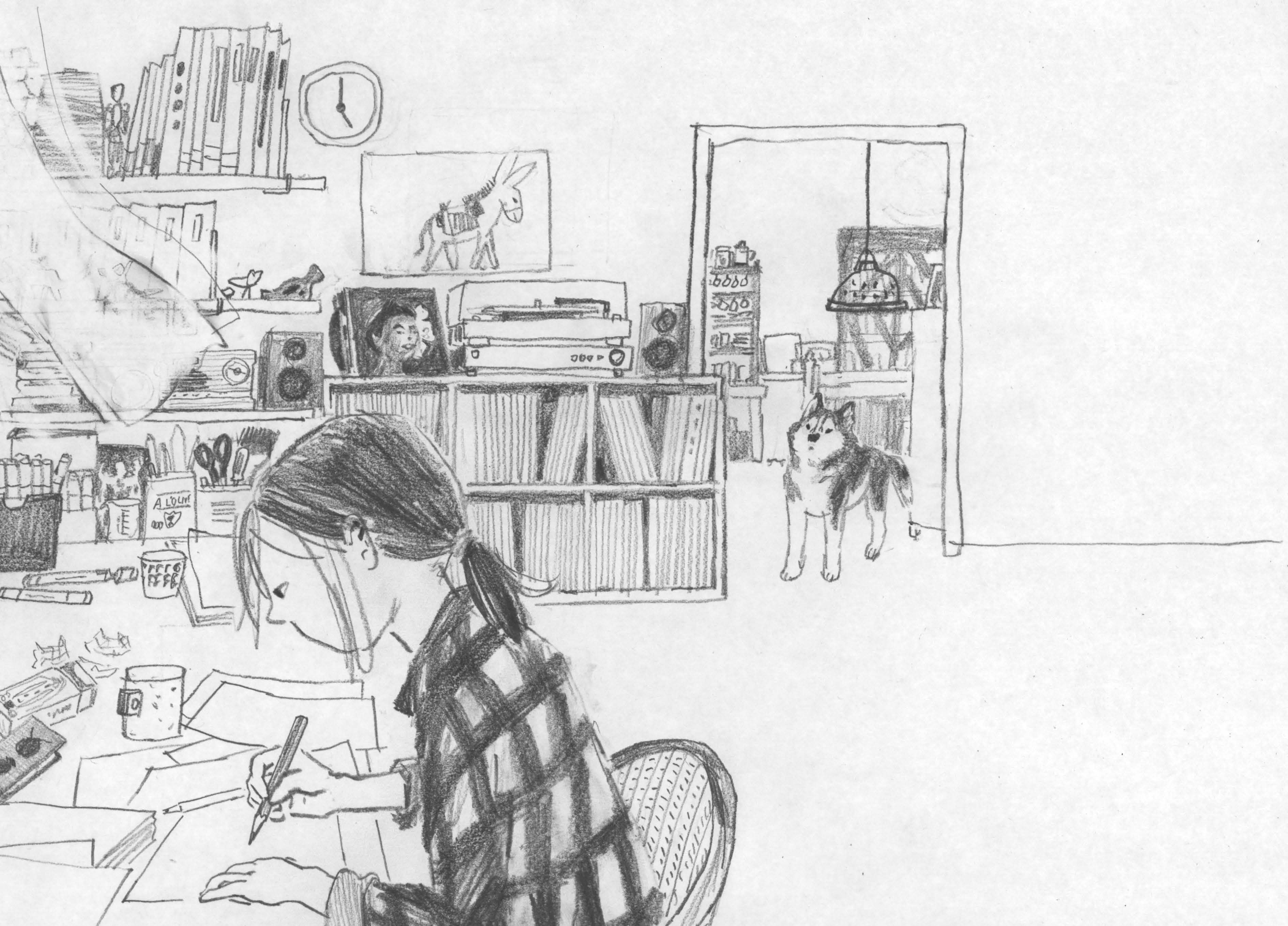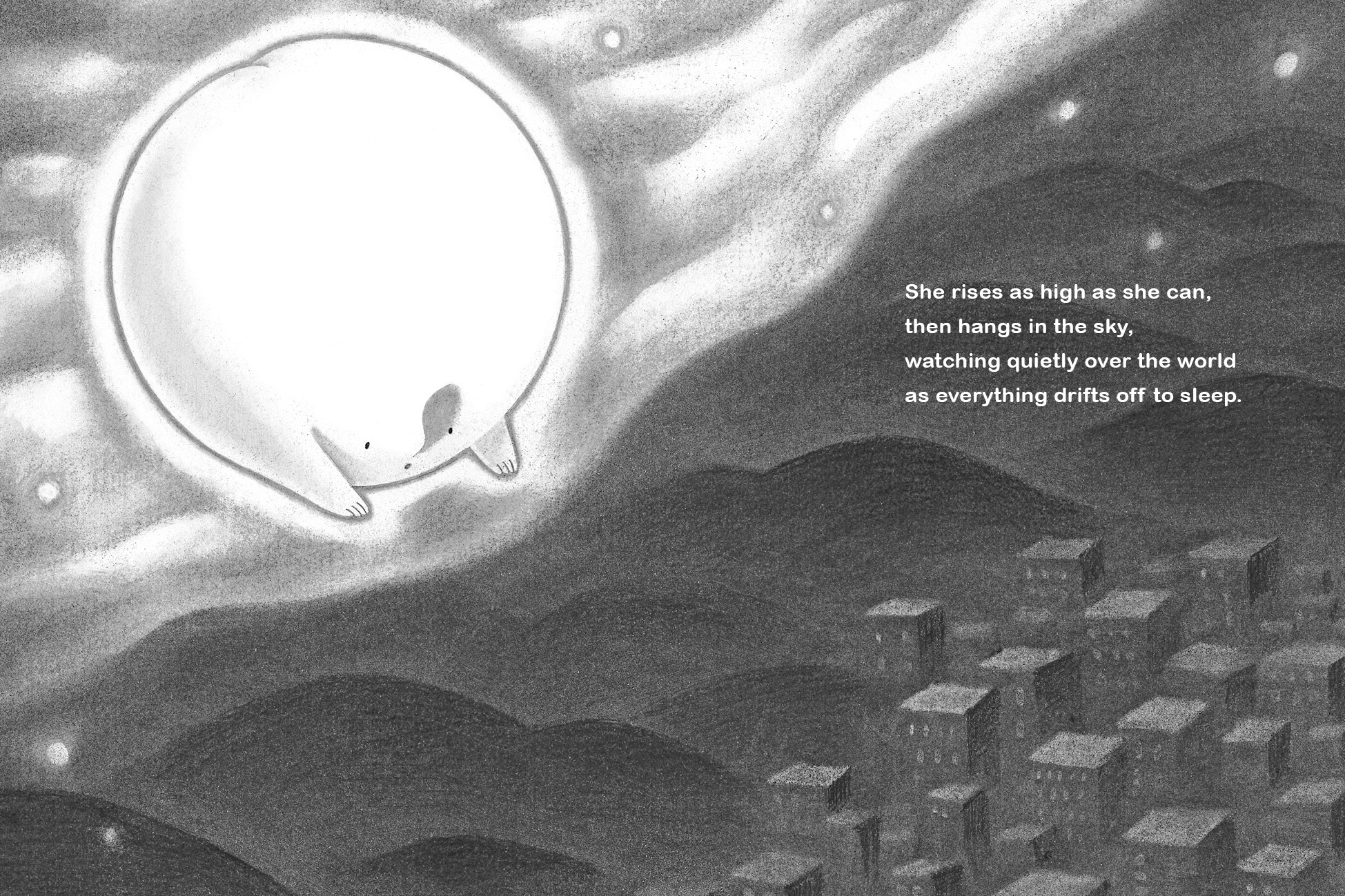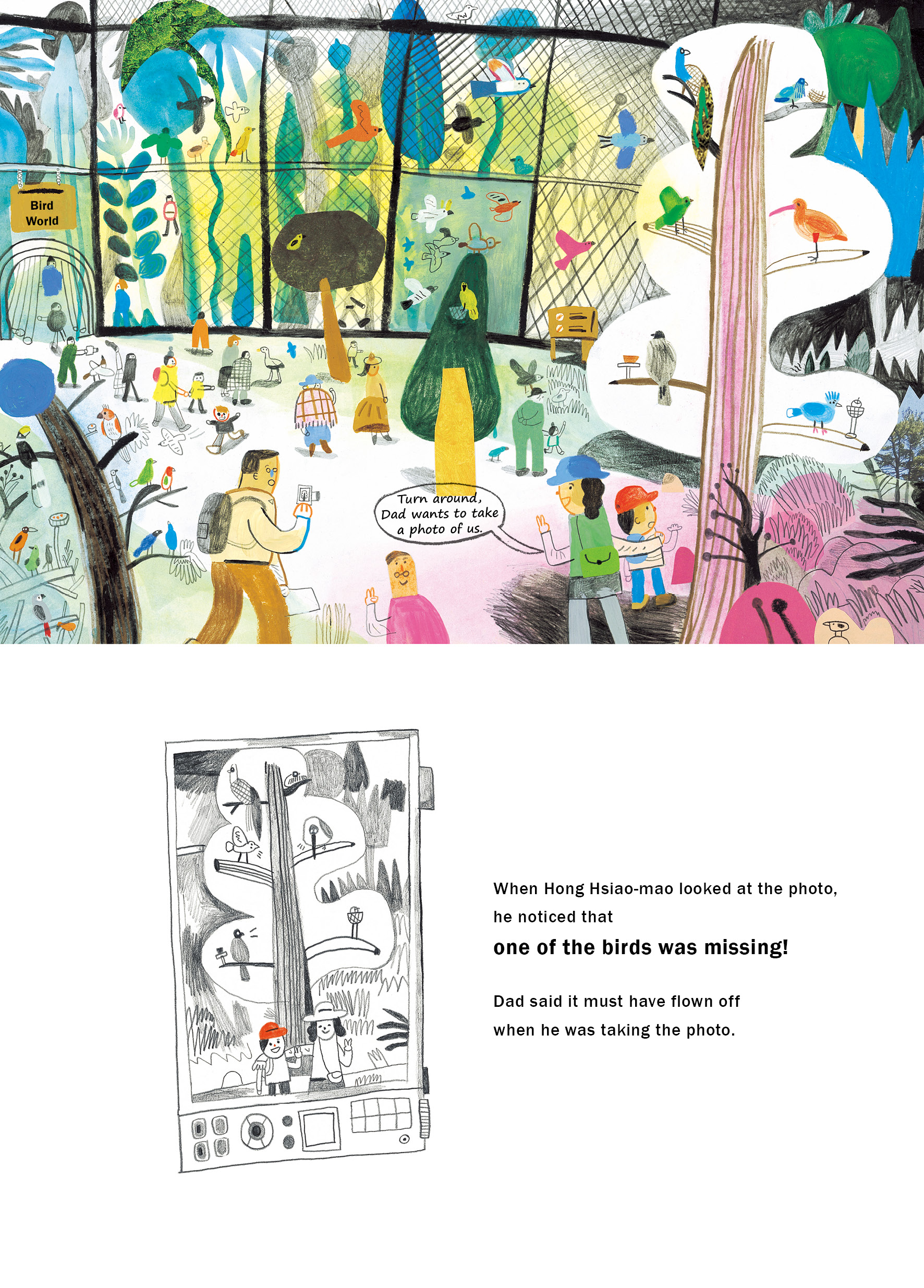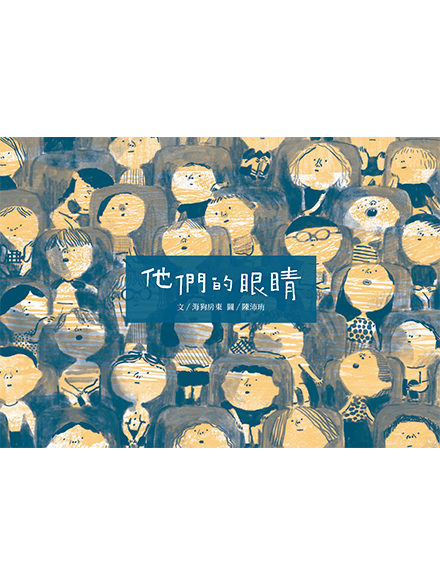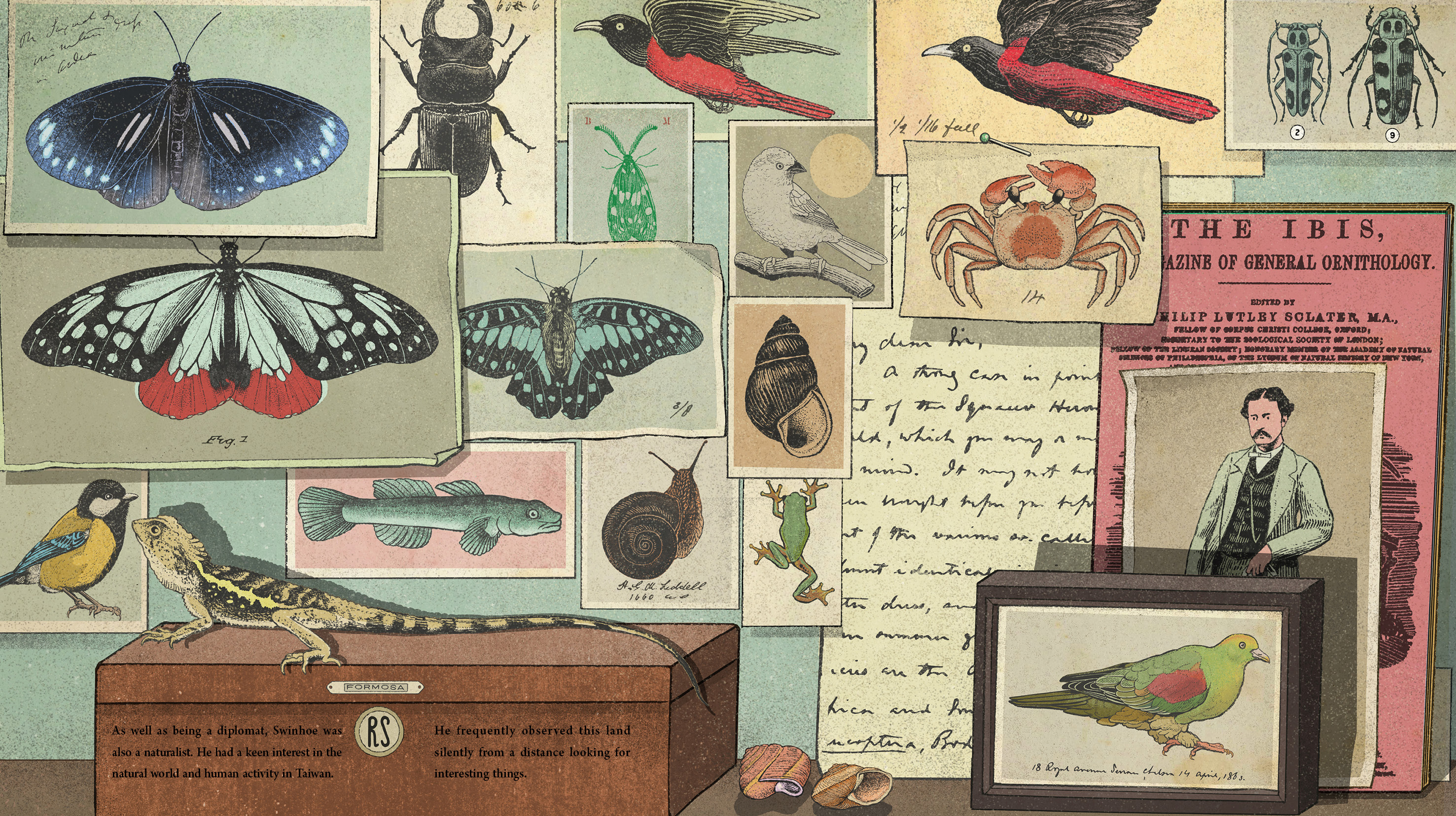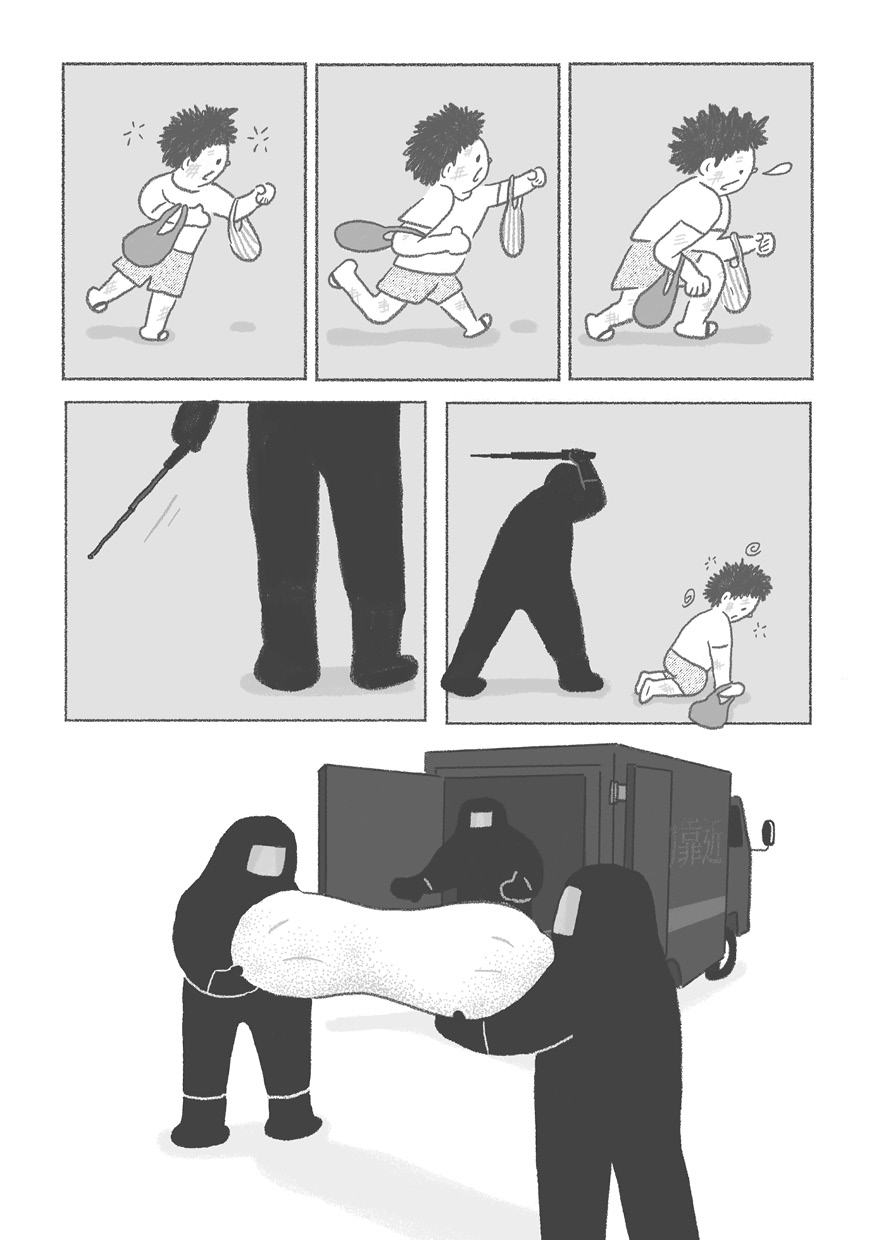Ever since Harry Potter first took the book world by storm, there’s been a huge surge in Western fantasy novels which have been able to further dominate children’s literature and popular fiction through screen adaptations. First, we saw a spectacular resurgence of the classics such as J.R.R. Tolkien’s The Lord of the Rings, C.S. Lewis’s The Chronicles of Narnia, and Ursula K. Le Guin’s Earthsea series, then a dizzying array of new works like His Dark Materials by Philip Pullman, The Giver Quartet by Lois Lowry, The Hunger Games by Suzanne Collins, the Twilight series by Stephenie Meyer, Percy Jackson and the Olympians by Rick Riordan, and so on.
We’ve had wave after wave of these tomes, but the subject keeps shifting. We’ve had books set in imaginary versions of the Middle Ages, or in the kingdom of Christ, or on distant islands, or in dystopian futures, as well as others that draw on traditional lore involving vampires, while others turned to Greek gods and Ancient Egypt.
A Wide-Open Creative Landscape
Given all the above, we couldn’t help but wonder whether our own literary and cultural traditions might have a similar wealth of fantasy novels brewing somewhere beneath the surface. First, Attack of the Sinograph Army by Chang Chih-lu garnered a lot of attention, then readers were even more enthusiastic about Record of the Tomb Pen by Ma Boyong, but both books seemed to be anomalies among those writers’ other works. It wasn’t until Chen Yu-Ju came along that we finally got a taste of fantasy novels that were built on Chinese cultural traditions, it was as if she’d woven various patchwork pieces together into an ornate dress.
Chen’s works have emerged to really satisfy the inner demands of sinophone readers who found that no matter how great Western fantasy novels might be, there was always a slight language barrier, whereas books about distant, ancient China like Record of Heretofore Lost Works and The Classic of Mountains and Seas still always felt familiar.
Chen is extremely good at drawing on different materials, as can be seen in her young adult series Cultivation which is visibly influenced by Western fantasy novels but expertly blends Chinese cultural elements in a way that quickly drew in readers and immediately became a sensation among people of all ages. It was followed by the Legend of the Immortals series where you can see the full breadth and depth of Chen’s creative landscape across the four books: The Soul of Poetry, The Guardian of Poems, The Immortal Painter and The Demon Among Pottery. Her works feel so familiar and don’t go out of their way to seem highbrow, making them fun and engaging for children. She’s constantly innovating when it comes to the subject matters for her books, and it seems like she has an endless supply of creative inspiration.
Continuously Evolving Artistic Expression
Chen doesn’t just set the tone for the fantasy genre but is also a pioneer, demonstrating how artistic expression can continuously evolve.
Guardian of the Everlasting Stone undoubtedly surpasses all of Chen’s previous works and is far more elaborate but natural in terms of plot. Her imagination leads us through a collection of Bronze Age relics in the National Palace Museum from the Shang Dynasty, shuttling between past and present without feeling the slightest bit far-fetched. One moment we’re searching for things on Google, the next we’re in a mythical era of dueling sorcerers. As readers solve the antiques’ various riddles, they are drawn layer by layer into the core of the story in a way that’s like an engrossing mystery novel. The foreshadowing leaves even less of a trace here than it did in her previous novels. It is clear when reading Chen’s books that she does extensive research before putting pen to paper. The historical knowledge enriches the plot in the reader’s imagination, which is a reflection of how Chen’s writing is entertaining and educational at the same time.
In my opinion, Guardian of the Everlasting Stone is a new milestone for Chen’s work, and it has left me eagerly anticipating what she does next as an author, I am convinced that further stages of artistic evolution are in the works. Who knows, perhaps her book series will become a catalyst and spark a literary sensation of fantasy novels rooted in Chinese culture.
